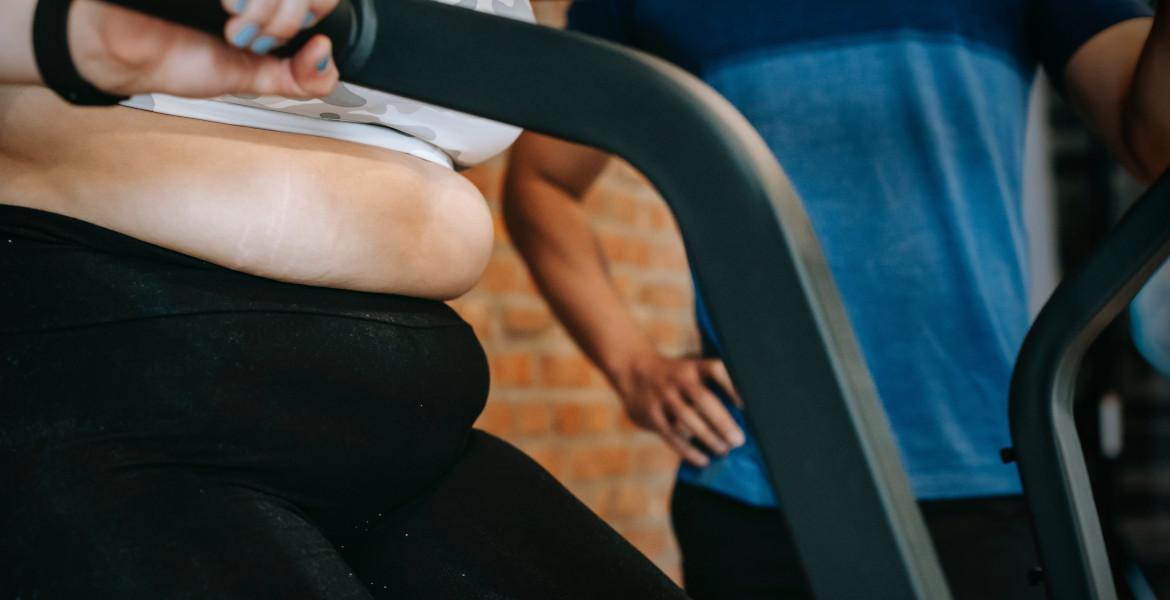In addition to being a great spice in food, chilli is also healthy in many ways, as it is high in vitamin C and potassium. The chili pepper takes a long time to grow but is relatively easy to sow and grow at home on the windowsill, and it does not require a garden to succeed with the harvest. For the avid grower, now is the time to start sowing chilies to get a harvest in early fall.
Some believe that humans have been eating chilies since 7500 BC, and archaeological finds in southwestern Ecuador show that chilies were cultivated more than 6000 years ago. Christopher Columbus is said to have been one of the first Europeans to discover chillies in the West Indies and he also gave them the name "pepper" because of their taste. It is the fat-soluble substance capsaicin that gives the chili its heat, which is the substance found in pepper sprays, for example.
Choose the right variety - hot or mild
There are lots of different types of chili with different degrees of heat. For those who do not like spicy food, there are chili varieties that are very mild and taste more like peppers, which, incidentally, are sorted under the same genus as chili but lack the capsaicin that gives heat in the fruit. The strength is measured in scoville degrees where you can measure the heat from 0 and up. The hottest chili, according to Guinness World Records, is Pepper X, which is over one million scoville degrees. A tip for the inexperienced chili eater is to start mildly and slowly test your way between different strengths. If you have happened to grow too strong chili, you can try to remove the fruit's seed coat and middle walls, which is where most of the capsaicin is located.
Packed with goodness
Chilli is high in vitamin C, potassium and beta-carotene. There is also a fair amount of vitamin A, phosphorus, folate and magnesium. Some people believe that capsaicin can suppress appetite if you eat some chili before meals. It is also thought to promote healthy gut bacteria. Capsaicin can also have an analgesic effect on the skin and is found in some plasters, for example. Some believe that it can therefore also work well as a painkiller for arthritis, shingles and even for ordinary headaches. Previous studies have shown that chili can also have a blood pressure-lowering effect and that those who eat chili 3-7 times a week have a 14% lower risk of dying prematurely.
Grow your own chili
In principle, chilies can be sown all year round, but many recommend starting as early as January or February. One tip is to first soak the seeds for about 24 hours to facilitate germination. Then, plant one to three seeds in a small pot of seed soil about 0.5 centimeters down. The soil should be moist, but not soaking wet. Initially, you can place the seedlings on the bathroom floor, for example, or over the fridge where there is a little extra warmth, but you can also place them on the windowsill. For extra help, you can use a heating plate. Cover the seed with plastic film or a lid. Keep the seedling moist with a spray bottle at the beginning and water from below.
When the so-called heart leaves, i.e. the very first leaves, appear, you can remove the plastic film from the pot and, if it is not already there, place the pot on the windowsill, as the plant then wants light. Plant lighting can be beneficial to help the plant grow. Once the first character leaves have appeared, i.e. the real chili leaves, it is time to replant the plant in potting soil. As the plant grows, it should be replanted about three to four times before it goes into the final pot. The size of the final pot depends on the type of chili you have chosen, but many varieties can thrive in a one-liter pot.
Take good care of the plant
When the plant has grown to about 30-40 centimeters, you can move it out into the greenhouse, but otherwise you can leave it in the window. If you want to grow chillies outside, you must first get them used to the colder air and direct sunlight. When the daytime temperature is above 20 degrees, the plant can be put out completely for the season. The soil should be kept moist, but can also mold easily if it gets too wet. Watering about every other day is usually beneficial. Feel free to feed the plant about three times a week, there is special chili nutrition you can buy or you can make your own from eggshells, among other things. Let the fruits ripen on the plant, but you can also take them when they are green and eat them. Don't forget to save some seeds to plant for next year.
Uses
Besides being a flavoring agent in most dishes, chili has many other uses. For example, it's also great for flavoring chocolate or chocolate pastries. If you make your own ginger shot, you can add a little chili for an extra boost in the drink, which helps prevent colds. Also try adding some to your smoothie.
Cheese and chili go well together and it is recommended to make your own chili cheese for Friday snacks. Hot sandwiches with a little chili, cheese and tomato can also be a good change.
Chili can be dried for your own chili seasoning, but can also be frozen. One tip is to chop it up and store it in small jars, so you can pick out a little at a time and put it in your food. It is also good to add chili or make marmalade.






